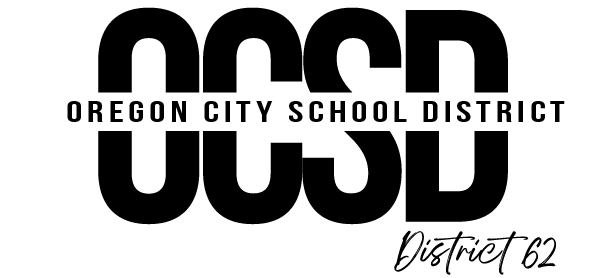title funds
title funds
Title IA: Improving the Academic Achievement of the Disadvantaged
(Title 1-A allocation)
The purpose of Title 1-A is to ensure all children have a fair, equal, significant opportunity to obtain a high quality education.
Funding is required to supplement district/school resources - not supplant.
In order to qualify as a Title 1-A school, the school must have a poverty rate of at least 35%.
Next year five elementary schools will be funded with Title 1-A funds (Beavercreek, Candy Lane, Gaffney Lane, Holcomb, and Redland).
All OCSD Title schools have schoolwide Title programs (SWP). Schoolwide status results in all students in the school being eligible for supplementary support provided with Title 1-A funds.
One private school (St. John the Apostle) in the OCSD also receives Title 1-A support. It is a targeted assistance school. Title 1-A funds support a program which provides a supplementary program for targeted students.
In OCSD, Title IV funds are consolidated into Title I-A, as the goals and allowable uses align.
Title 1-A Funded Items:
Title 1-A funds are used to "level the playing field" of our highest poverty schools.
The majority of Title 1-A funds are passed on to qualifying schools. Schools have autonomy over the use of these funds. Typically the funds are used to hire supplementary teachers, paraprofessionals, purchase supplies/materials, support extended learning opportunities and fund professional development activities.
Parent involvement is a required component of Title programs. Each Title 1-A school is allocated funds each year with which to carry out parent involvement activities. A main goal of parent involvement activities is building the capacity of the parents to assist their child with learning. A second goal is to increase the meaningful involvement of parents in making decisions pertaining to the Title program and their child's education.
District Title administration and secretarial support
Homeless Liaison and McKinney-Vento program support
District TOSAs and professional development (for staff at Title schools)
Title I -C: Migrant Education
The purpose of the migrant education program is to ensure migrant children, who are uniquely affected by the combined effects of poverty, language and cultural barriers, and the migratory lifestyle, have access to and benefit from the same, free, appropriate public education provided to other children.
Congress enacted the Migrant Education Program (1966) due to migrant children having a high incident of mobility, migrant children were viewed by school districts as non-resident students, the regular school year and its fixed curriculum did not accommodate short spans of instruction, and there was little continuity of instruction from district to district.
Migrant agricultural workers are defined as persons, who in the preceding 36 months, have moved from one school district to another in order to obtain temporary or seasonal employment in agricultural activities (including dairy work) as a principal means of livelihood. The worker can be the child or the parent, spouse or guardian of the child.
Agricultural activities include activities directly related to the production or processing of crops, dairy products, poultry or livestock, any activity directly related to the cultivation or harvesting of trees, and any activity directly related to fish farms.
Administrators and teachers should be aware of the migrant students in their schools/classrooms.
The OCSD is part of a migrant consortium through the Clackamas ESD
The ESD’s migrant recruiter investigates potential migrant students, identifies migrant eligible students and serves as a liaison between migrant families and the school.
Title 1-C Funded Items:
Part-time Migrant Support
Migrant summer school (through ESD consortium)
Training, professional development, and conferences for migrant support
Title II-A: Preparing, Training, and Recruiting High Quality Teachers and Principals
Improve student academic achievement; and
Teach and address the needs of students with different learning styles, particularly students with disabilities, students with special learning needs (including students who are gifted and talented), and students with limited English proficiency.
Title II-A Funded Items:
Support for district TOSAs and instructional coaches to provide staff development for all K-12 licensed staff, administrators and paraprofessionals in instructional strategies.
Additional professional development training aligned with the district strategic plan and identified needs.
Professional Learning Teams from each school will be provided release time or curriculum pay for curriculum mapping, developing common assessments, and work samples focused on math and reading, but other contents will be involved.
Title III: Language Instruction for Limited English Proficient and Immigrant Students
Title III funds can be used to increase English language proficiency by providing high-quality English Language instructional programs based on scientific research.
Funds may also be used for providing high-quality professional development.
The majority of OCSD's Title III funds is targeted toward professional development.
Remaining funds are used for extended learning opportunities and family involvement.
Title III Funded Items:
Training and Curriculum for English Language Development
Grant Manager: Dr. Sarah Crane Assistant Superintendent
Department: Teaching & Learning
Office Address: 1417 12th Street Oregon City, OR 97045
Mailing Address: Oregon City School District P.O. Box 2110 Oregon City, OR 97045
For comments and questions please contact: Erik León Grant Coordinator Office Phone: (503) 785-8412 Fax: (503)657-2518 Email: grants@orecity,k12.or.us

